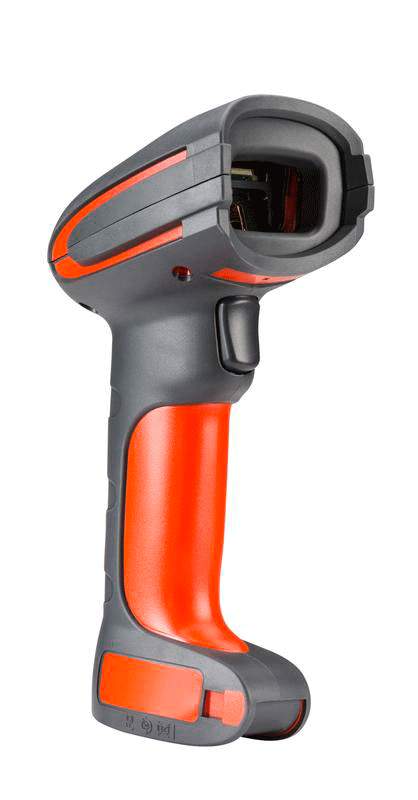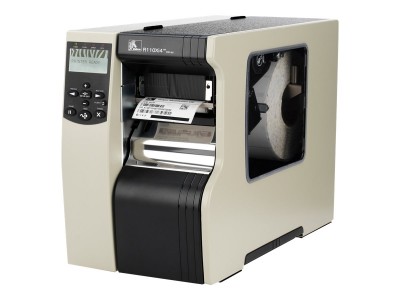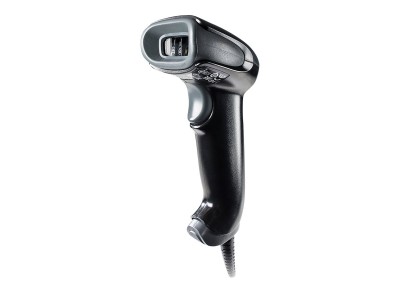2D Barcodes have been prevalent for several years across industries such as Healthcare, Food & Beverage, Government, Warehousing and Transportation.
The Manufacturing Industry, however, has always seemed to lag behind, sticking to legacy applications and linear barcodes for traceability.
Due to increasing end user requirements regarding product lot traceability, manufacturers have had no choice but to leap on the 2D bandwagon.
With the ongoing evolution from 1D to 2D occurring on a daily basis, I came up with a list of 10 Ways to use 2D Barcode Scanning in Manufacturing. Today I will share the first 3 ways.
- Print Circuit Board Component Reels
Honeywell Granit
Manufacturers of all component reels have begun transitioning to 2D Data Matrix barcodes due to the amount of lot information required by Manufacturing & Assembly.
One of the positives of utilizing a 2D barcode is that it will simplify the label application process, enabling component manufacturers to utilize one barcode on their reels instead of multiple 1D linear barcodes. In addition, with all information packed into one compact 2D barcode, multiple scans of one component reel for data capture are no longer required.The space required for label application has also been reduced, since the application surface area required for a 2D Data Matrix barcode is a fraction of the size needed for a linear barcode.
2D barcodes have also become valuable due to the amount of component reels on a manufacturing line replaced on a daily basis. Most component reels include five or six linear barcodes, which means they need to be scanned that many times; and accurately. With one 2D barcode, the chance of scanning error greatly decreases and output drastically increases.
I have found that utilizing an industrial barcode scanner such as the corded and cordless Honeywell 1910i and 1911i for data capture has been the optimal solution. Although there are other solutions, the durability, scanning performance and Class 1 Bluetooth option make these two models tough to pass up.
- Print Circuit Boards & PCB Arrays
Zebra Xi Printer Series
It has become essential to not only identify each and every Print Circuit Board (PCB) with a barcode, but also to identify the lot that a particular PCB originated from.If a PCB fails, there’s a good probability that “array or lot” will also fail. Most manufacturers have progressed to the point where they are applying 2d data matrix barcodes via Direct Part Mark (DPM) laser. Those that have not implemented laser technology as of yet still utilize label printers and applicators.
The Zebra Technologies Xi4 barcode label printer series is very popular for printing small high definition PCB labels. At the end of the day, the goal is to account for lots in case a quality issue arises, making it easier to identify and quarantine questionable product with a similar data identifier as the defective product.
For most of the manufacturers, vision systems are commonly utilized for PCB traceability, since the accuracy and speed of these systems allow for very high throughput and output. In instances where the traceability application is smaller or spot checking is required, I have found the Honeywell 1900, 1902 and 3310G to be solid solutions for scanning these PCBs.
- Board Sub-Assemblies
Honeywell 1450G
During the manufacturing process, PCBs will be broken away from their arrays and sent down lines for component installation and inspection. After this process has been completed, the respective PCBs become board sub-assemblies. These assemblies are tracked by the same DPM or applied 2D barcode on each board for furthered traceability during the assembly process.
This process includes the integration of multiple sub-assemblies in most instances to create a final board assembly. The manufacturing line, operator, PCBs, components, time and date are tracked throughout this process. Vision is commonly utilized on the lines but for station operators, I’ve found the Honeywell 3310Gs and 1450Gs to be very valuable.
Intrigued? Check back soon to discover more items on my list of 10 ways to use 2D barcoding in manufacturing!
If you have any questions on what was discussed or require assistance with determining the best solution for your application, please feel free to contact me directly at 800-830-9523, ext. 126 or via email at Jeremy.miller@l-tron.com.


